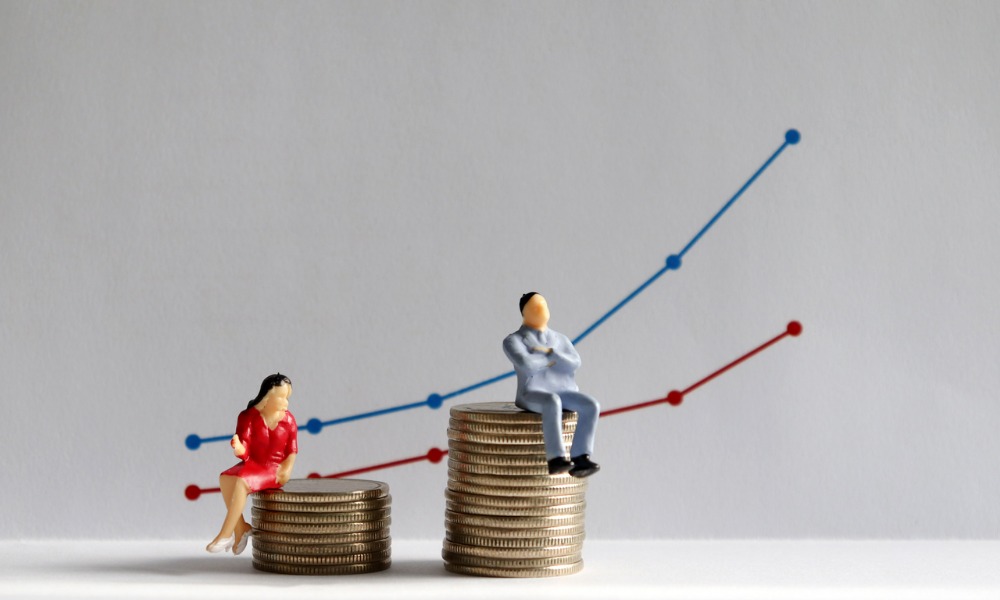
Are women struggling to 'make ends meet': find out the latest data

Australia still has a long way to go towards closing the gender pay gap, as the latest Australian Bureau of Statistics (ABS) showed that the new national gender pay gap is at 14.1%, an increase of 0.3% over the last six months.
According to ABS, the recent average weekly earnings data showed that men earn approximately $263.90 more than women a week.
“To earn the same average annual salary earned by a man, women must work 60 more days after the end of the financial year, making this year’s national Equal Pay Day 29 August,” the Workplace Gender Equality Agency (WGEA) said in a news release.
WGEA Director Mary Wooldridge said that the significant difference in pay affects Australian women’s financial capability to earn for their future.
“As a result of the gender pay gap, many Australian women have to work harder to make ends meet with very little room for discretionary spending or saving once they’ve covered the cost of daily essentials,” Wooldridge said.
The gender pay gap comes at a time when Australians experience rising cost-of-living expenses, with the latest ABS figures revealing that inflation is now at 6.1% over the past years.
Wooldridge said that the persistent gender pay gap and the rising cost of consumer goods only emphasize the unequal impact inflation has on Australian women.
“When you’re finding it tough to meet the essential costs of today, it leaves little room to plan for tomorrow. Prioritising daily essentials means that putting money aside in case of an emergency, for children’s education or saving for a house deposit is forced to take a backseat,” Wooldridge said.
“When women earn an average of $264 less than men, the increasing price of everyday items consumes a larger portion of her income and makes it harder to make ends meet,” she added.
According to the WGEA director, fixing the persistent gender pay gap takes genuine leadership and commitment.
“We are calling on employers to take immediate action to reduce the gender pay gap by conducting a pay gap audit,” Wooldridge said.
“This will give them a clear picture of what’s driving their pay gaps and the opportunities for improvement that will benefit their employees and their business over time,” she added.
Considering the significant number of women working part-time, WGEA noted that the gender pay gap across all employees is much higher.
“The traditional gender pay gap calculation is based on the ABS’s ordinary full-time average weekly earnings. If we include average weekly earnings data for part-time and full-time workers, the pay gap widens to 29.7 percent,” Wooldridge said.
According to WGEA, recent data for each state and territory also revealed that Western Australia logged the highest gender pay gap and South Australia the lowest.
WGEA also explained that the gender pay gap is not the same as equal pay since the former determines the difference between the average earnings of women and men in the workforce.
“It [gender pay gap] is not the difference between two people being paid differently for the same or similar job, which is unlawful,” WGEA said.
“When we talk about the gender pay gap, we are talking about the difference between what men and women are paid, on average, across organisations, industries, and the workforce as a whole,” it added.